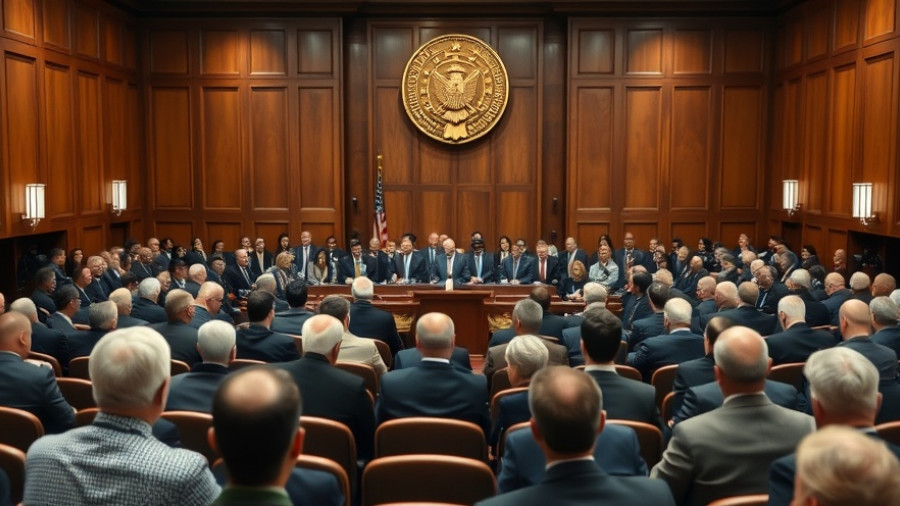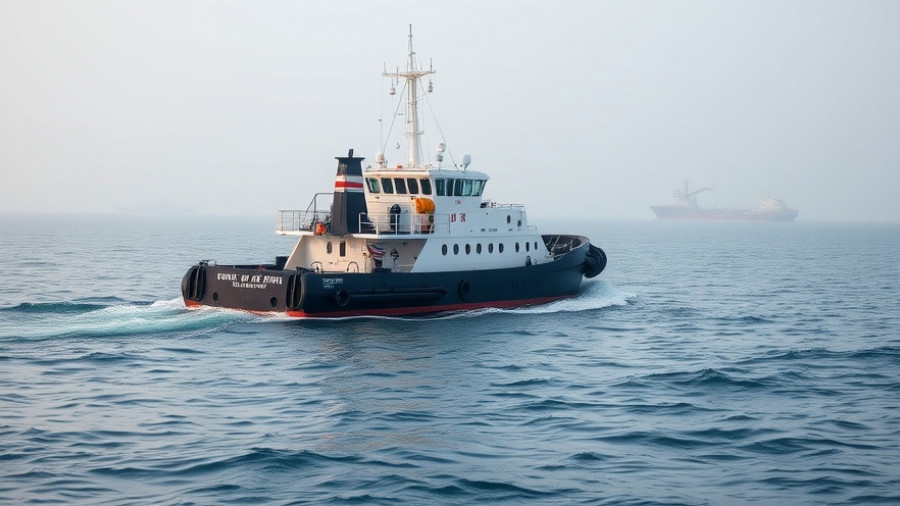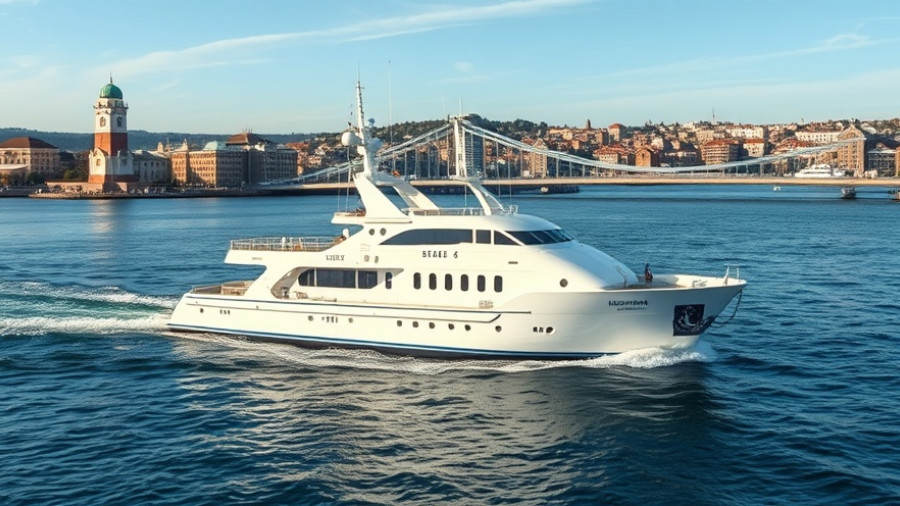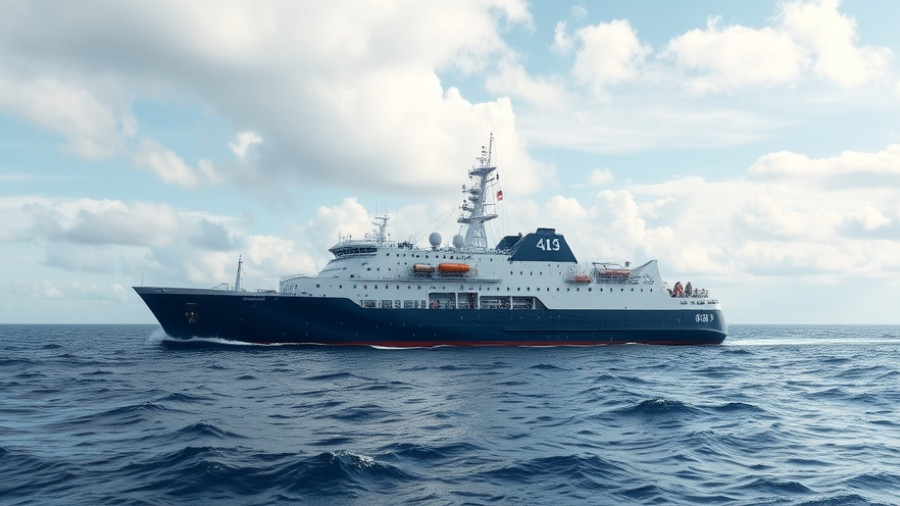
Understanding the Implications of the IMO's Decision on Maritime Decarbonization
The recent decision by the International Maritime Organization (IMO) to adjourn discussions on the Net-Zero Framework presents significant implications for the maritime industry. With the vote resulting in a stark division among member states—57 in favor of adjournment, 49 against—this postponement suggests deeper geopolitical rifts and highlights the complexities of international agreements on climate action. Prominent figures such as Andrew Forrest, chairman of Fortescue Metals Group, have voiced concerns over the intimidating tactics influencing delegates, portraying the situation as a critical moment for global collaboration.
Immediate Reactions From Industry Leaders
Following the adjournment, industry leaders expressed frustration and disappointment. Thomas A. Kazakos, Secretary General of the International Chamber of Shipping, emphasized the necessity for clarity to enable industry investments in decarbonization. Meanwhile, the World Shipping Council underscored its commitment to achieving net-zero by 2050, highlighting the substantial USD 150 billion already invested in ships designed to operate on green fuels. These responses indicate a unified call within the shipping sector for a cohesive regulatory framework to guide emissions reduction efforts.
What's Next? Exploring Future Opportunities and Challenges
As stakeholders anticipate the continuation of talks in October 2026, opportunities for constructive engagement arise. INTERCARGO’s Kostas Gkonis emphasized this adjournment as a chance to facilitate dialogue and bridge the differing positions of member states. However, caution must be exercised; if the discussions continue to stall, the risk of regulatory stagnation looms large. Leaders in the maritime industry, including German shipowners and European Shipowners, expressed concerns that ongoing delays could jeopardize the necessary momentum for advancing environmental goals.
Local Context and Global Stakes
The decision's repercussions resonate not only within the maritime community but also reflect global climate initiatives. With shipping being a major contributor to greenhouse gas emissions, the delay could hinder international efforts to tackle climate change effectively. Activists and environmental groups have voiced their dismay, framing the decision as a setback for vulnerable nations already facing the impacts of climate change. It’s crucial for the shipping community to engage proactively with governmental bodies to align on regulations that can stabilize the industry while promoting environmental sustainability.
Conclusion: The Path Forward
As the shipping industry grapples with this setback, it’s essential for stakeholders and policymakers to prioritize collaborative efforts, ensuring that the voices of industry players are prominent in dialogues ahead. The adjournment of the Net-Zero Framework discussion is not just a pause; it’s an opportunity to reassess strategies and strengthen commitments to achieving a greener maritime future. Stakeholders should seize this moment to innovate and propose actionable insights as we look towards the future of sustainable shipping.
 Add Row
Add Row  Add
Add 




Write A Comment